Everything You Need To Know About Copyright Notice
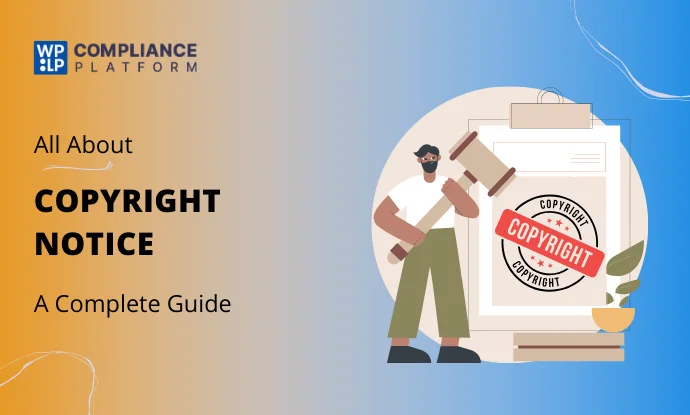
Summary
Our article covers how it prevents misuse and supports legal claims. Learn the essentials: the © symbol, publication year, and owner’s name.
Do you want to learn about copyright notice or how to create one?
Your content is automatically protected under copyright law, but if you ever have to file a copyright infringement, you must ensure you have registered your copyright.
Although you are not required to register for copyright, it has some benefits. A copyright notice shows the readers that the content is protected by copyright, recognized by the copyright owner, and the publication date.
These copyright statements are used widely and can be found anywhere, from movies and songs to websites and blogs.
- What is a Copyright Notice?
- What Are The Benefits of Placing a Copyright Notice?
- Do I Need a Copyright Notice?
- How to Write a Copyright Notice?
- Where to Display the Copyright Notice?
- Can I Use a Copyright-Protected Work Without Infringement?
- How is a Copyright Different From a Patent or a Trademark?
- What is the Difference Between Copyright and Privacy?
- All Rights Reserved Example Examples
- How to Add a Copyright Notice in WordPress
- Conclusion
What is a Copyright Notice?
Copyright is an intellectual property that gives its owners the right to make copies of their creations exclusively. The copyright law gives you the right to full ownership of your creation.
The creative work can be in any form: literary, educational, artistic, etc.
For example, You just created music, a screenplay, or even a blog post; once you put this creation out in the world, accessible to everyone, the copyright law makes sure that no one steals your creation for their use.
Below is an example of a standard copyright notice WPLegalPages:

What Are The Benefits of Placing a Copyright Notice?
A copyright text informs the public that your creation is original and keeps it from infringement cases. Even if cases do occur, the copyright notice will help prove the case in court that the defaulter was served the notice of your protected creation.
- Establishes Ownership: A copyright notice indicates when your work was published, helping to establish your ownership rights.
- Prevent Infringement: Include a copyright notice to inform others that your work is protected by copyright law and should not be copied.
- Helps Prove Ownership in Court: A copyright notice can demonstrate that the infringer was aware of your rights, which can benefit legal proceedings.
- May Reduce Legal Fees: Having a copyright notice may decrease the number of copyright infringement cases you encounter, potentially leading to lower legal costs.
- Provides International Protection: The “All Rights Reserved” notice is recognized worldwide.
Additionally, you can register your copyright with the appropriate copyright authorities. This creates a public record of your ownership, making it easier to prove your case in court if necessary.
Do I Need a Copyright Notice?
Copyright notices are not required by law, but they protect your content from any infringement case and are standard proof of ownership.
There are some legal formalities that you can’t avoid. Copyrights are also believed to foster creativity and cultural diversity.
With a copyright, the owner may decide how the property can be used. However, if someone does wish to use it, they can lawfully obtain the owner’s permission via a license.
One significant aspect of a copyright notice is the duration. It subsists of a variety of lengths in various countries. Usually, the default length of the copyright is equal to the life of the author.
Did you know?
If you plan to establish an online business presence in Germany, you must adhere to the GDPL Law. Find out more about GDPL in our dedicated article.
How to Write a Copyright Notice?
For the copyright notice to be valid, it must include the three elements below:
- The copyright symbol
- Date of publication
- Name of the author
Websites often include a statement of rights, though the law doesn’t require it. Phrases like “All rights reserved” are not legally necessary.
The Copyright Symbol: The letter C enclosed in a circle (©) denotes copyright. In the United States, it consists of © or the word “copyright” at the beginning of the copyright notices.
Date of publication: The publisher/creator should list the work’s first publication or public release date. This also helps determine how long the copyright protection will last. You can use a year or year without using months and days.
Name of the author: The author is the person who holds the copyright to the material. It can be an individual, an organization’s name, or a business/corporate name.
Statement of rights: This is where you tell people what kind of rights you hold on to your copyright material. There are mainly three types:
- No rights reserved: Often, the owner releases the work for the public to see by declaring ownership but not restricting access to the rest of the world.
- Some rights reserved: Under this, licenses, like those for stock photos, allow the public to use materials with full attribution and no alterations while the creator retains other rights.
- All rights reserved: No one may reproduce this copyrighted work without the express written consent of the copyright holder.
Where to Display the Copyright Notice?
The focus point of placing the copyright notice is that it must be accessible, meaning whoever sees your work must understand that the copyright law protects it. A website may display the copyright at the footer and, in the case of a book, at the start of it.
Below are some standard places for copyright notices:
- Any artistic creations like movies or photography can have a copyright notice towards the bottom of the work or a watermark notice if desired.
- CDs can have a copyright notice on their covers.
- Screenplays must have one copyright notice on the front,
Can I Use a Copyright-Protected Work Without Infringement?
Yes, If you are aware of who the copyright owner is, you can contact them directly. Alternatively, you can also request that the Copyright Office conduct a search of its records if you are not certain of the ownership.
According to the fair use doctrine of the U.S. copyright statute, you can use limited portions of other’s work, including quotes, for purposes such as commentary, criticism, or news reporting.
Copyright law does not set specific word counts or percentages for permissible use.
How is a Copyright Different From a Patent or a Trademark?
Copyright law protects creators’ original works, while patent law protects inventions and discoveries. Copyright does not protect discoveries or ideas.
On the other hand, a trademark protects words, symbols, and designs of the goods or services of a party that distinguishes them from others.
What is the Difference Between Copyright and Privacy?
The difference between copyright and privacy can be explained with an example. If a friend takes a picture of you from her phone, she would have the image’s copyright. But, if she decides to upload it on the web and you feel it violates your rights or safety, you can file a privacy complaint.
All Rights Reserved Example Examples
website copyright notice will protect your website’s textual and visual content. It is usually placed on the footer of a website.
eBay copyright notice

© 2017 Acme, Inc.
While technically, U.S. law no longer requires the use of a copyright notice, there are benefits for doing so. The use of copyright puts everyone on notice that a work is protected by copyright. If your work is infringed, if the work carries a proper notice, it’s very hard for an infringer to claim that they didn’t know the work was protected copyright. An innocent infringement defense can result in a reduction in damages.
There are so many complicated parts of copyright law. It doesn’t matter whether you create computer code or technical writing: the terms of copyrights are all the same.
With these simple facts, you will know the significant dimensions you need to be aware of while creating a copyright notice. Is there anything we missed? Let us know your thoughts in the comment box below!
How to Add a Copyright Notice in WordPress
Streamline your legal page creation with WPLegalPages. This user-friendly plugin simplifies generating essential legal documents for your website.
WP Legal Pages offers a straightforward interface, making it easy to navigate and use, even if you’re not a legal expert.
With over 35 pre-designed templates, you can quickly create a variety of crucial legal pages, including:
- Copyright Notice
- Refund Policies
- Terms and Conditions
- Privacy Policies
- Disclaimers
A particularly valuable feature is the DMCA template. This template can help limit your liability regarding copyright infringement claims.
Let’s see how you can get started quickly.
Install and activate the WPLegalPages plugin.
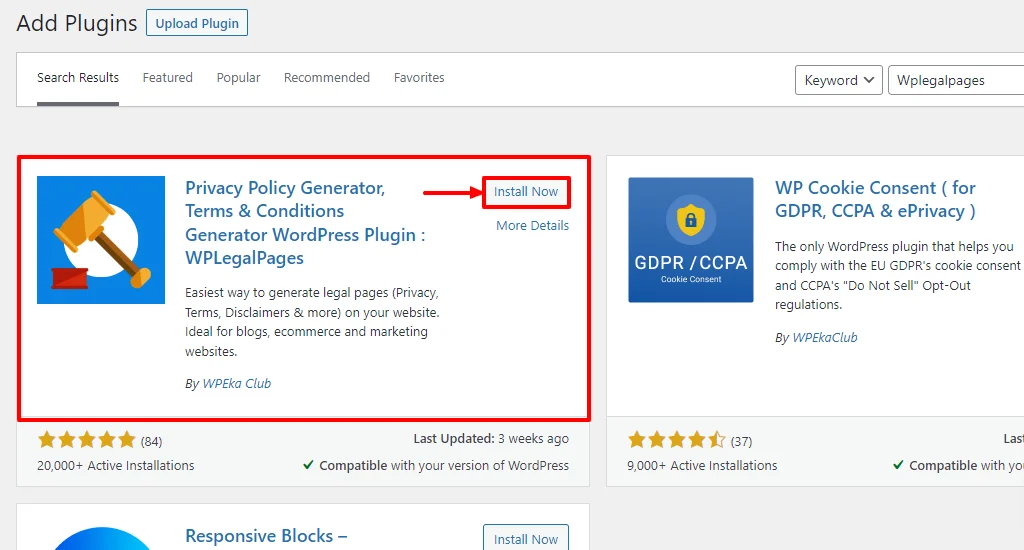
Navigate to your WordPress admin dashboard. Click on WP Legal Pages > Legal Pages.
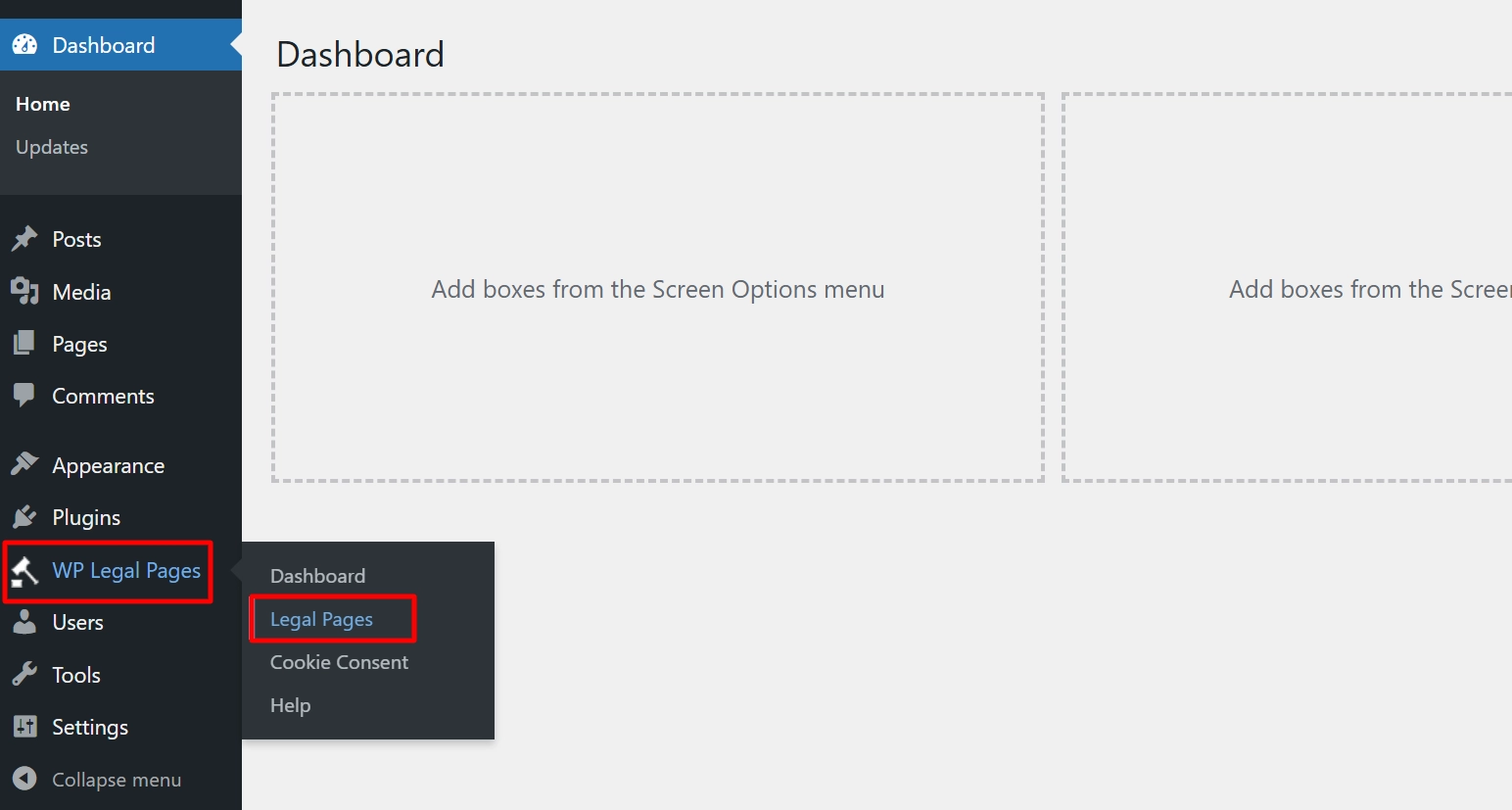
Go to Create Legal Templates.
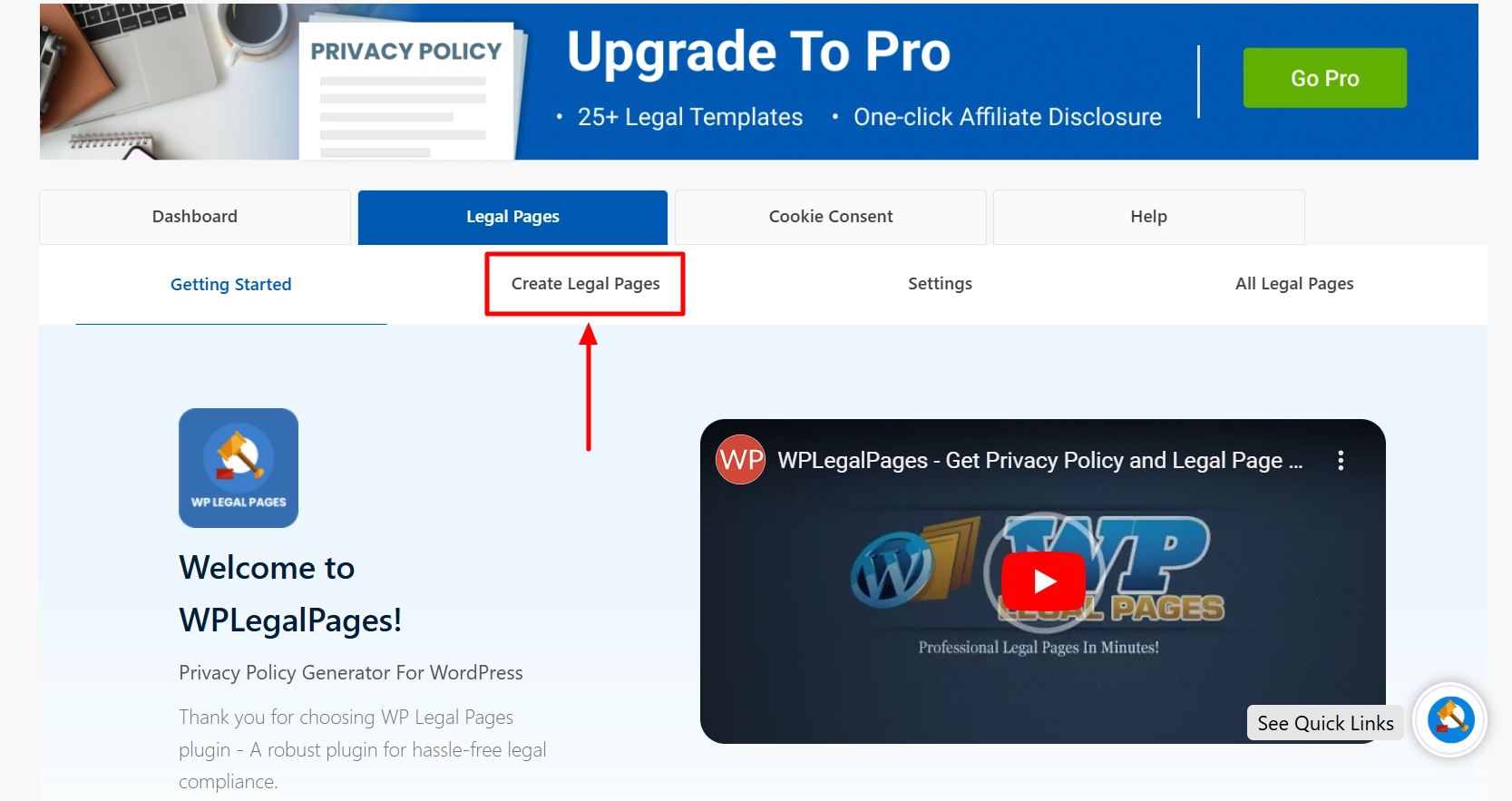
Locate the DMCA template.
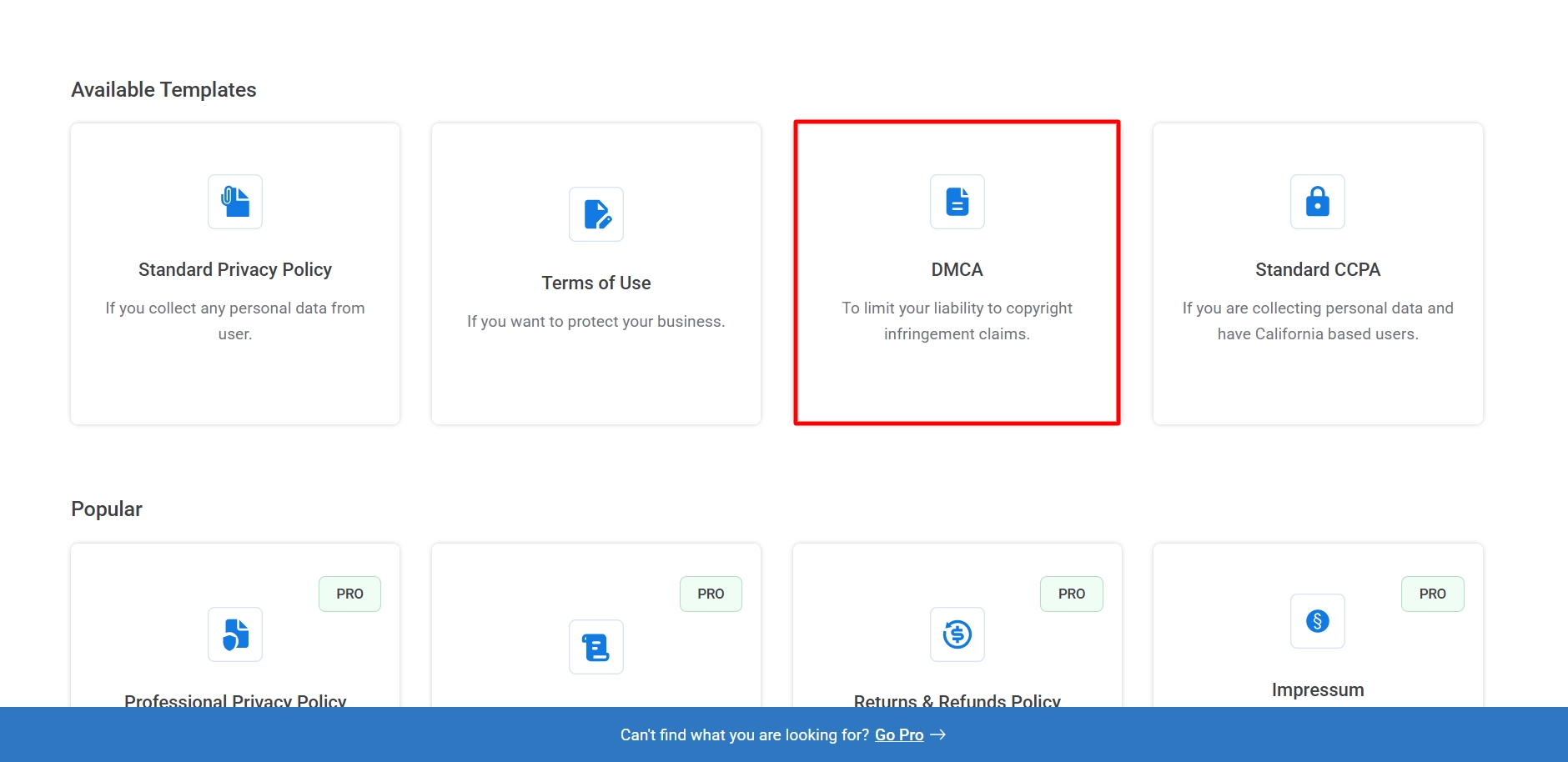
And click Create.

Fill up the details and click NEXT.
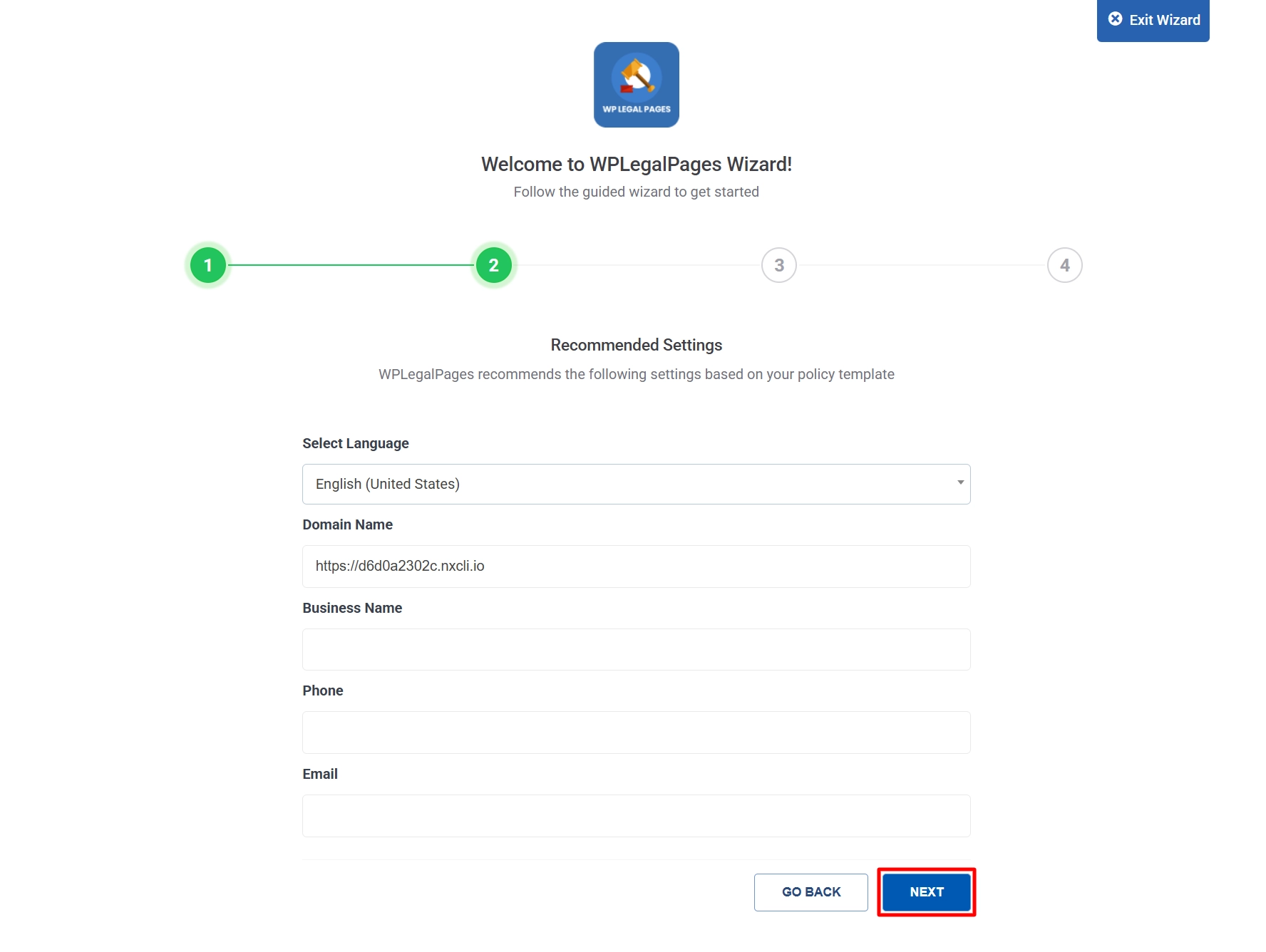
Next, read the notice and click CREATE AND EDIT.
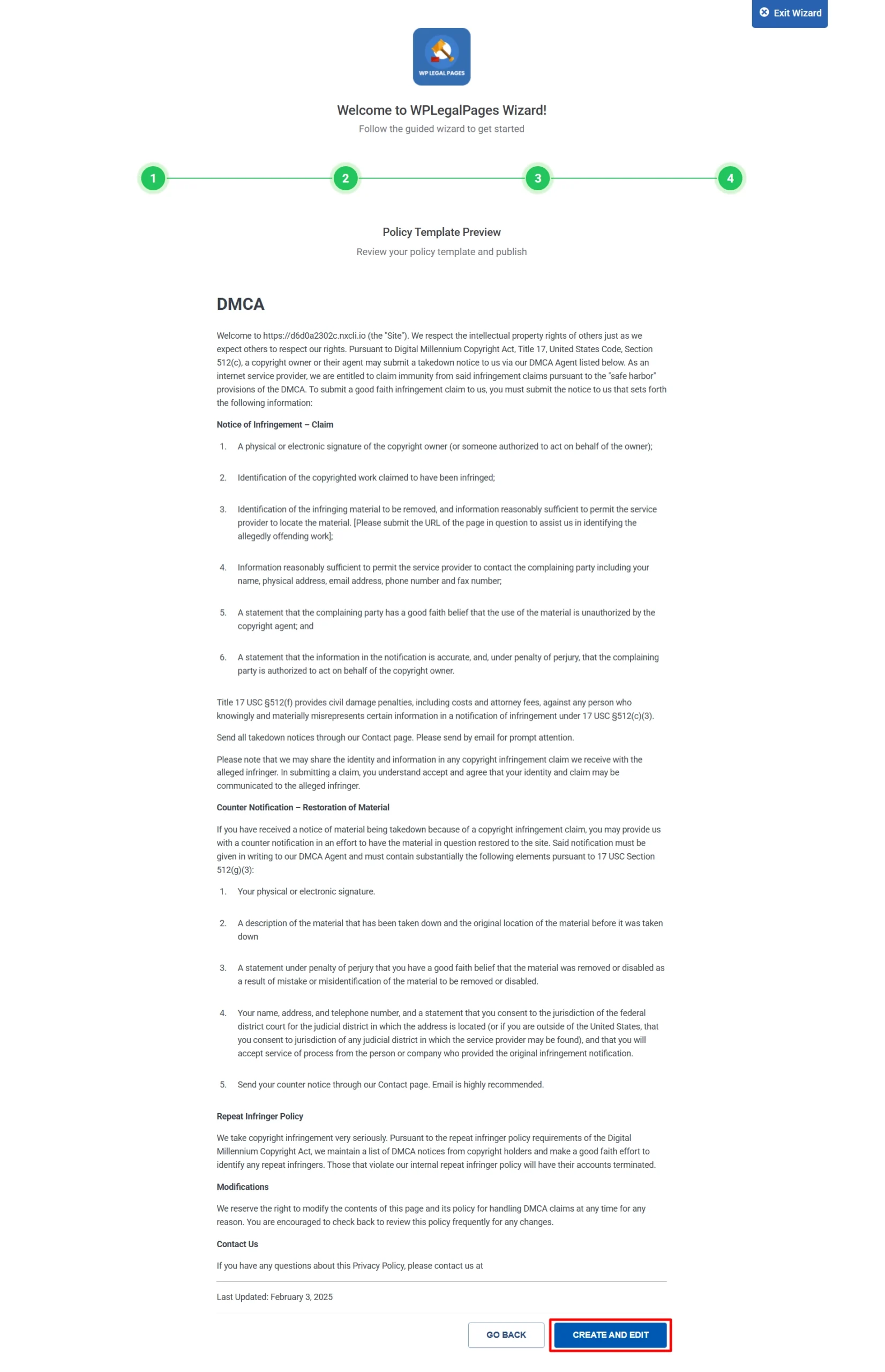
Now, you can customize your DMCA notice here. Make all the necessary change and then click on Publish.

WP Legal Pages remove the headache of creating necessary legal documentation, ensuring your website is protected and compliant.
Conclusion
In conclusion, understanding and implementing copyright notices is crucial for protecting your creative works and ensuring you receive proper credit.
While not always legally required, a clear and comprehensive copyright notice is a powerful deterrent against infringement and provides essential information to those seeking to use your work legally.
By understanding the elements of proper notice, registering your copyright, and staying informed about copyright law, you can effectively safeguard your intellectual property and maintain control over its use.
If you loved reading this article, remember to read our other engaging articles:
- How To Add Copyright Text To A Website
- Digital Millennium Copyright Act (DMCA) – Why is it important?
- Plagiarism and Intellectual Property Copyright – Protect your content from plagiarism
Are you excited to create legal pages for your website and gain the trust of your visitors? Grab WP Legal Pages now!
